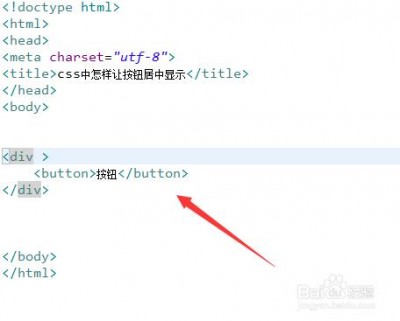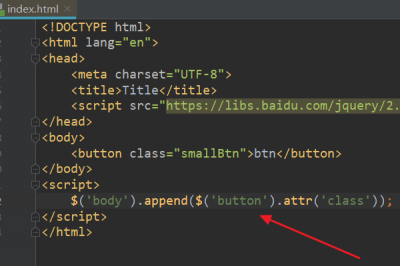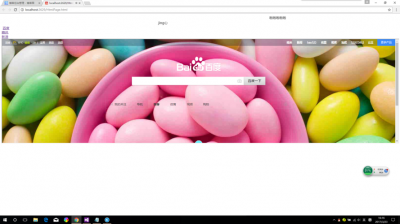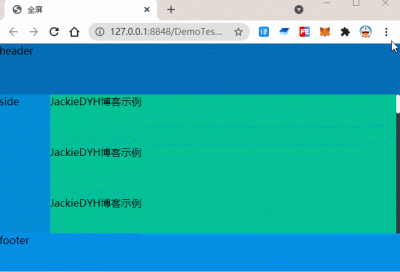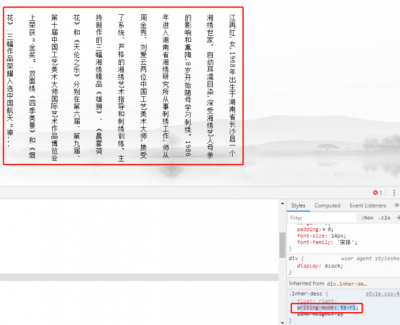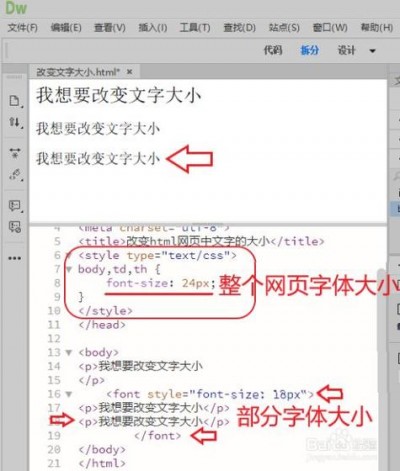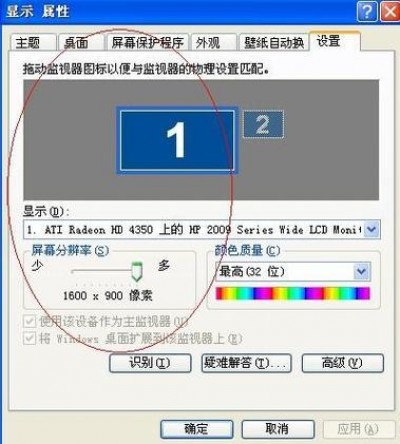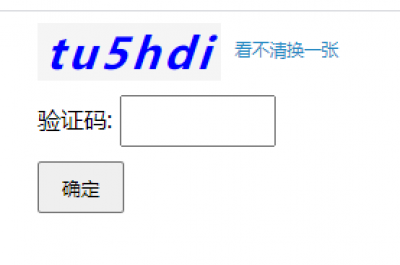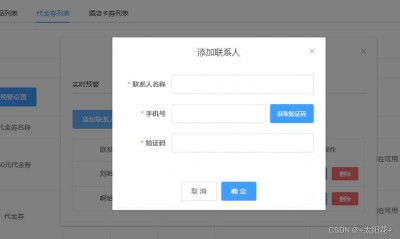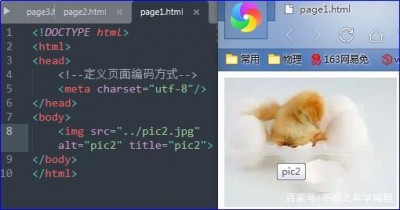在CentOS中配置SELinux安全模块
SELinux(SecurityEnhanced Linux)是一个安全增强的Linux内核模块,它提供了访问控制机制,可以防止未经授权的用户或进程访问系统资源,通过配置SELinux,可以提高系统的安全性和稳定性,本文将介绍如何在CentOS中配置SELinux安全模块。
1、安装SELinux
在CentOS中,可以通过以下命令安装SELinux:
sudo yum install policycoreutils selinuxpolicy selinuxpolicytargeted2、查看SELinux状态
安装完成后,可以通过以下命令查看SELinux的状态:
getenforce如果输出为Disabled,则表示SELinux处于禁用状态,如果输出为Permissive或Enforcing,则表示SELinux处于启用状态。
3、临时启用SELinux
如果需要临时启用SELinux进行测试,可以使用以下命令:
sudo setenforce 14、永久启用SELinux
要永久启用SELinux,需要编辑/etc/selinux/config文件,将SELINUX=disabled修改为SELINUX=enforcing或SELINUX=permissive,然后重启系统,以下是修改配置文件的命令:
sudo vi /etc/selinux/config修改后的内容如下:
This file controls the state of SELinux on the system. SELINUX= can take one of these three values: enforcing SELinux security policy is enforced. permissive SELinux prints warnings instead of enforcing. disabled No SELinux policy is loaded. SELINUX=enforcing SELINUXTYPE= can take one of three values: targeted Targeted processes are protected, minimum Modification of targeted policy. Only selected processes are protected. mls Multi Level Security protection. SELINUXTYPE=targeted5、设置SELinux策略
CentOS默认使用的策略是targeted,可以根据实际需求选择其他策略,以下是查看和设置策略的命令:
查看策略:
sestatus | grep PolicyMode设置策略:
sudo semanage fcontext a t <类型> <路径> # 添加文件上下文类型和路径 sudo semanage fcontext l # 列出所有文件上下文类型和路径 sudo semanage fcontext r <路径> # 删除文件上下文类型和路径 sudo semanage permissive e # 设置SELinux为宽容模式,允许所有操作,但会记录日志并发出警告信息 sudo semanage permissive P # 设置SELinux为宽容模式,允许所有操作,但不会记录日志和发出警告信息6、检查SELinux规则是否生效
可以通过以下命令检查SELinux规则是否生效:
sudo getsebool <布尔值名称> # 查看布尔值是否生效,如getsebool httpd_can_network_connect true # 查看httpd_can_network_connect布尔值是否生效,返回结果为"true"表示生效,"false"表示未生效。7、恢复原始SELinux配置(可选)
如果需要恢复原始的SELinux配置,可以使用以下命令:
sudo restorecon Rv <目录> # 递归恢复指定目录下的文件的SELinux上下文,如restorecon Rv /var/www/html # 恢复/var/www/html目录下的文件的SELinux上下文。FAQs:
问题1:如何查看当前用户的SELinux角色?
答案:可以通过以下命令查看当前用户的SELinux角色:id Z,输出结果为unconfined_u:unconfined_r:unconfined_t:s0s0:c0.c1023,其中unconfined_u表示用户角色,unconfined_r表示角色继承关系,unconfined_t表示类型角色,s0s0:c0.c1023表示安全级别和类别。

